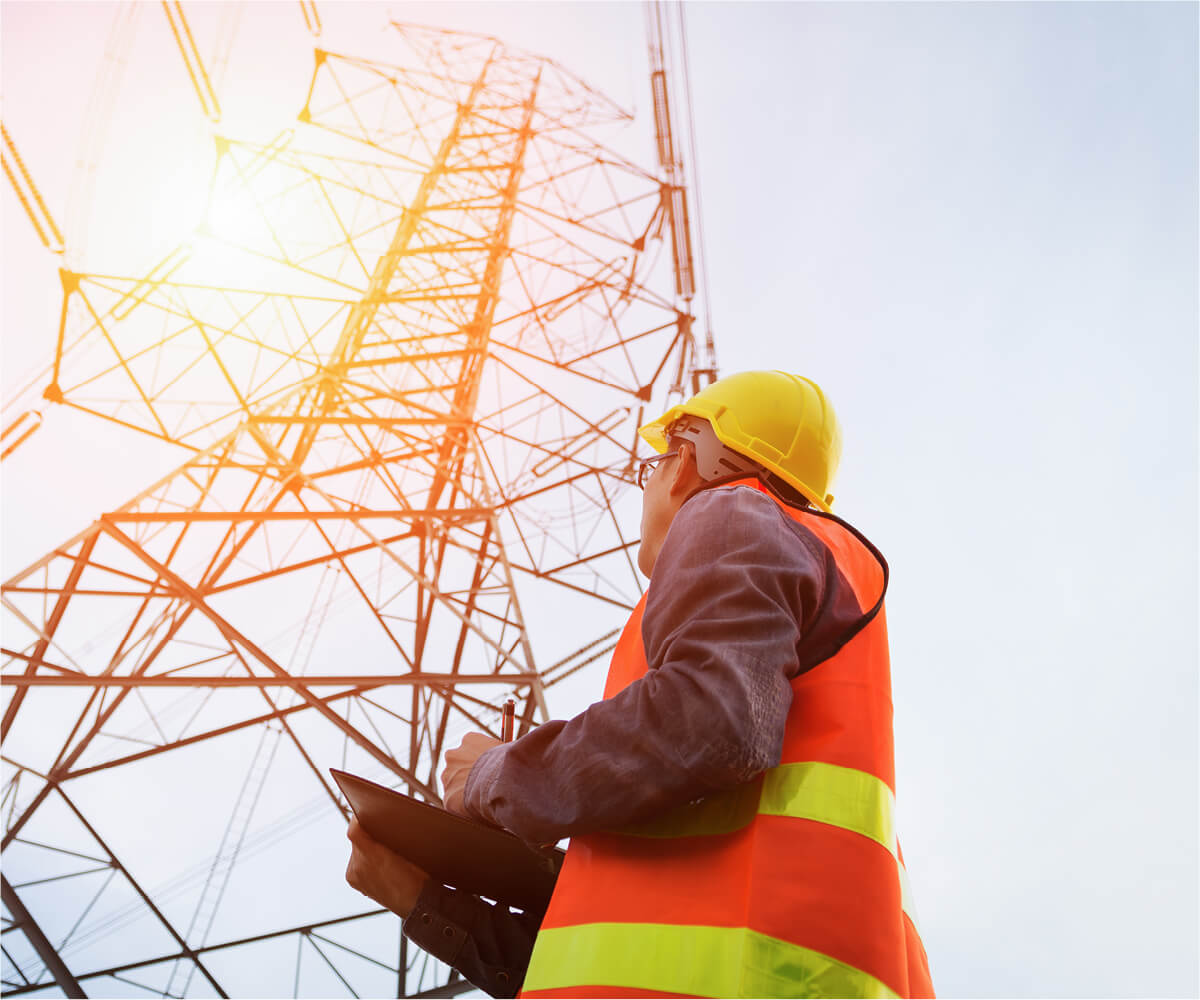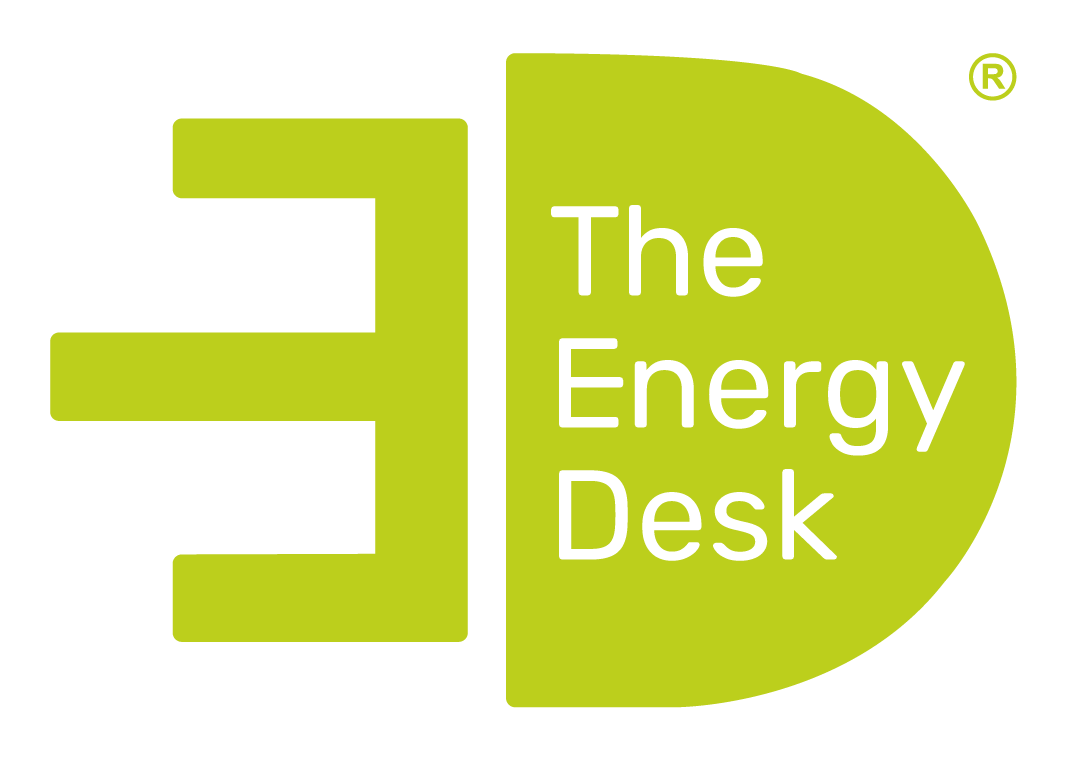With over a decade of experience, allow TED to unravel the ever-growing complexities of the utility industries.

TED are able to assist with numerous types of gas procurement opportunities for a wide range of businesses in a wealth of sectors and always endeavour to minimise disruption.
TED provides both MOP contract and DC/DA (Data collection / data aggregation) services with the goal of helping clients better understand their usages and identify whether there are energy savings to be made, alongside carbon reductions.
TED is here to take away the headache of new connections and keep costs down.
TED has expertise covering a wide selection of new utility connection services, and are involved in both design and construction of multi utility services including but not limited to:
Non–contestable works: To be undertaken by the host Distribution Network Operator (DNO) Contestable Works: To be Undertaken by a Lloyds registered ICP.
Tendering Process:
1) Apply for Point of Connection (POC) and Non-contestable charges.
2) Offer of POC and Non contestable charges made by DNO
3) Contestable works quotation
4) Place order for Contestable works
5) Accept Non-contestable Costs
Smart Metering
TED offer Smart energy meters with the goal of empowering customers to make informed choices on how much energy they use. Suppliers will install two-way communication systems that display accurate real-time information on electricity use in the business, both to the consumer and back to the energy supplier.
UK multi-site businesses can achieve significant cost savings and service enhancements by sourcing a national agreement.
The Energy Desk provides a range of AMR meters, energy metering (Smart Meters / Smart Electricity Meter) and data collection solutions, all aimed at putting you back in control of your energy consumption.
TED is here to reduce the pricing risk associated with the provision of utility connections as it becomes increasingly difficult for property developers, construction firms, industrial users and other businesses to account for delays and unforeseen costs which affect business. The Energy Desk have adopted a unique approach to new connections, designed to make it easier for businesses to complete projects on time.
Non–contestable works: To be undertaken by the host Distribution Network Operator (DNO) Contestable Works: To be Undertaken by a Lloyds registered ICP.
Tendering Process:
1) Apply for Point of Connection (POC) and Non-contestable charges.
2) Offer of POC and Non contestable charges made by DNO
3) Contestable works quotation
4) Place order for Contestable works
5) Accept Non-contestable Costs
TED assists in figuring out whether businesses are operating with the correct ASC, you may be paying for more capacity than you need as a result of what was agreed with the previous tenant or have made the mistake of purchasing new machinery or equipment without ensuring your business has enough available capacity to cover it.
ASC refers to the amount of electricity that the DNO is required to make available for your site. Meaning, it is the maximum electricity you can draw from the grid at any one moment
If you significantly increase the amount of power you draw from the grid you should always make sure your kVa allowance has been arranged in advance with your network operator; or you will most likely be charged excess capacity charges by your DNO.
The Energy Desk can examine proposed infrastructure and offer advice on the choice of meters suitable for the energy consumption and demand required to supply your site to ensure that specifications are met.
This full project management service can include:
Take advantage of new utility connections with TED and talk to us today.
The Energy Desk has proudly collaborated with businesses from a range of sectors, across the United Kingdom, to revamp their utility service requirements.
From KVA Management and Multi-Utility services to Infrastructure Tendering, Smart Metering and beyond. Consistently, at TED our mission is to provide cost-effective, end to end utility connection solutions that maximise your business’s output.
To find out how TED can assist your business with green Utility Connections, call our team on 03330 151 221.
What our customers say about The Energy Desk
The Energy Desk
The Energy Desk is proud to be a a totally independent company that works with our customers, partners and suppliers to find the best energy solution that saves money on business energy costs.
Allow TED to answer some of the most commonly asked questions:
There are various options here, but builders and developers will still generally approach the local Distribution Network Operator (DNO), which is licensed to distribute the electricity or gas and can install the required equipment for a new connection. In this case the DNO is responsible for the connection, but they can subcontract some of the work which incurs an additional charge.
The assumption here is often that the DNO will supply and install the meter but this is not the case. The supplier will do this, and this requires at least 28 days notice to ensure installation is done on time. However, if you are dealing with tight time frames you can employ the industry knowledge of an energy services company and reduce this down to approximately 15 days.
A building will always have a maximum demand, which is the maximum amount of electricity being used at any one time. This is calculated on the basis of the nature and size of the equipment you will be using. The supply will also allow for expansion should you start using more equipment later down the line.
The cost of putting new electricity on a property will vary depending on where you live and your specific case. There are lots of factors involved which will determine the cost, some of which include, the distance from the nearest power pole, if a new transformer needs to be installed, how the power will reach your house and the electricity company’s policies. Not forgetting the cost of wires, poles and trench digging.
The cost to install underground utilities will vary depending on the provider, distance, utilities used and time it will take. Utilities underground are however more expensive than overhead power lines, due to the transmission voltages and life-cycle cost both being greater.
There are no statutory depths for underground electrical cables, as ground levels can change from the original installation, without the knowledge of the cable owner.
There’s an assumption that there’s a lack of competition out there and because of this the automatic port of call is the Distribution Network Operator. However, there are over 100 Lloyd’s accredited Independent Connection Providers (ICPs) that are often 10 to 20 per cent cheaper than the local DNO. It’s important to review your options and compare quotes to make sure you are getting the best deal.
The application for this is much the same as applying for a new connection. This can be managed on your behalf by an energy services company, or you can apply directly to your Distribution Network Operator. You will need to know what size connection you need to upgrade to.
Yes. Even if your lines are buried underground, the transmission line may connect overhead, so could possibly be damaged by bad weather. Underground lines can also be damaged by rocks or tree roots and be vulnerable to flooding.
Before you move to a new house, it is best to inform your current supplier, so you can transfer your tariff over to the new property. Take your meter readings with you also, to avoid being overcharged when the new occupier moves into your old house. Most energy suppliers will put new movers onto a standard tariff by default, so ensure you find out who your new suppliers are and switch to a less expensive tariff.
Contact The Energy Desk on 03330 151 221 today or fill in our online contact form and a member of staff will be in touch.
Contact the TED team today and see how we can reduce your business energy costs . Call now on 03330 151 221 or request a call back.

10 Venus House, Mercury Rise,
Altham Industrial Estate,
Accrington, Lancashire, BB5 5BY
10 Venus House, Mercury Rise,
Altham Industrial Estate,
Accrington, Lancashire, BB5 5BY